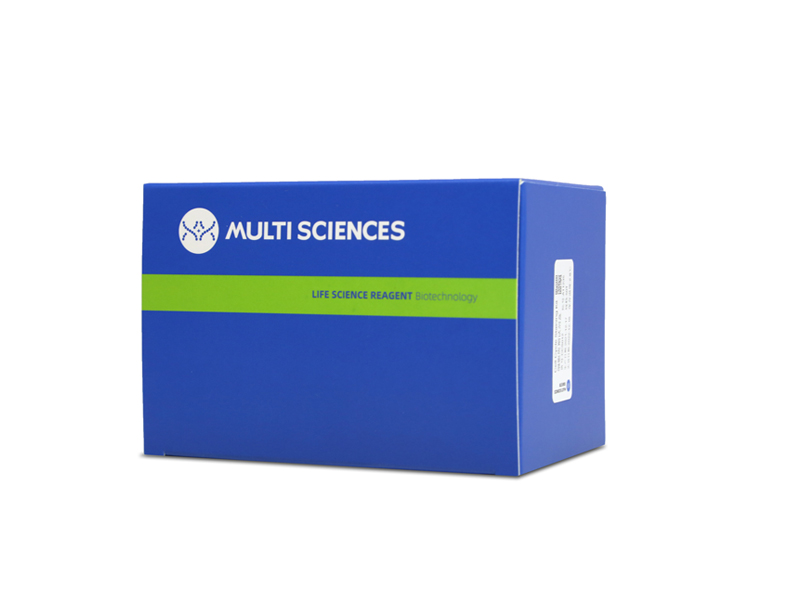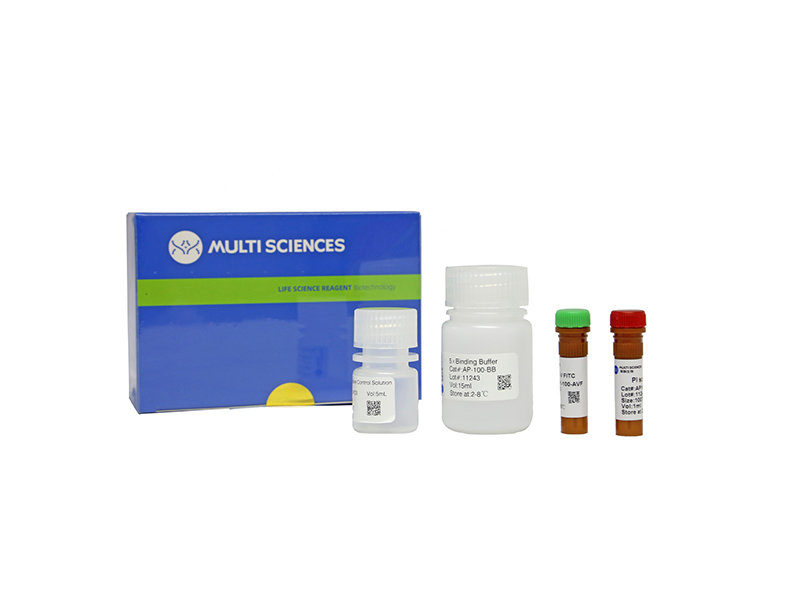The immune and skeletal systems share common mechanisms, and the crosstalk between the two has been termed osteoimmunology. Osteoimmunology mainly focuses on diseases between the immune and bone systems including bone loss diseases, and imbalances in osteoimmune regulation affect skeletal homeostasis between osteoclasts and osteoblasts. The immune mediator interleukin-20 (IL-20), a member of the IL-10 family, enhances inflammation, chemotaxis and angiogenesis in diseases related to bone loss. However, it is unclear how IL-20 regulates the balance between osteoclastogenesis and osteoblastogenesis; therefore, we explored the mechanisms by which IL-20 affects bone mesenchymal stem cells (BMSCs) in osteoclastogenesis in primary cells during differentiation, proliferation, apoptosis and signalling. We initially found that IL-20 differentially regulated preosteoclast proliferation and apoptosis; BMSC-conditioned medium (CM) significantly enhanced osteoclast formation and bone resorption, which was dose-dependently regulated by IL-20; IL-20 inhibited OPG expression and promoted M-CSF, RANKL and RANKL/OPG expression; and IL-20 differentially regulated the expression of osteoclast-specific gene and transcription factors through the OPG/RANKL/RANK axis and the NF-kB, MAPK and AKT pathways. Therefore, IL-20 differentially regulates BMSCs in osteoclastogenesis and exerts its function by activating the OPG/RANKL/RANK axis and the NF-κB, MAPK and AKT pathways, which make targeting IL-20 a promising direction for targeted regulation in diseases related to bone loss.
文章引用产品列表
-
- AT105 187 Citations
- 凋亡试剂盒
Annexin V-APC/7-AAD Apoptosis Kit(细胞凋亡试剂盒 - 贴壁细胞专用)
- ¥1,010.00 – ¥2,090.00
-
- AP105 324 Citations
- 凋亡试剂盒
Annexin V-APC/7-AAD Apoptosis Kit 细胞凋亡试剂盒
- ¥780.00 – ¥1,860.00



